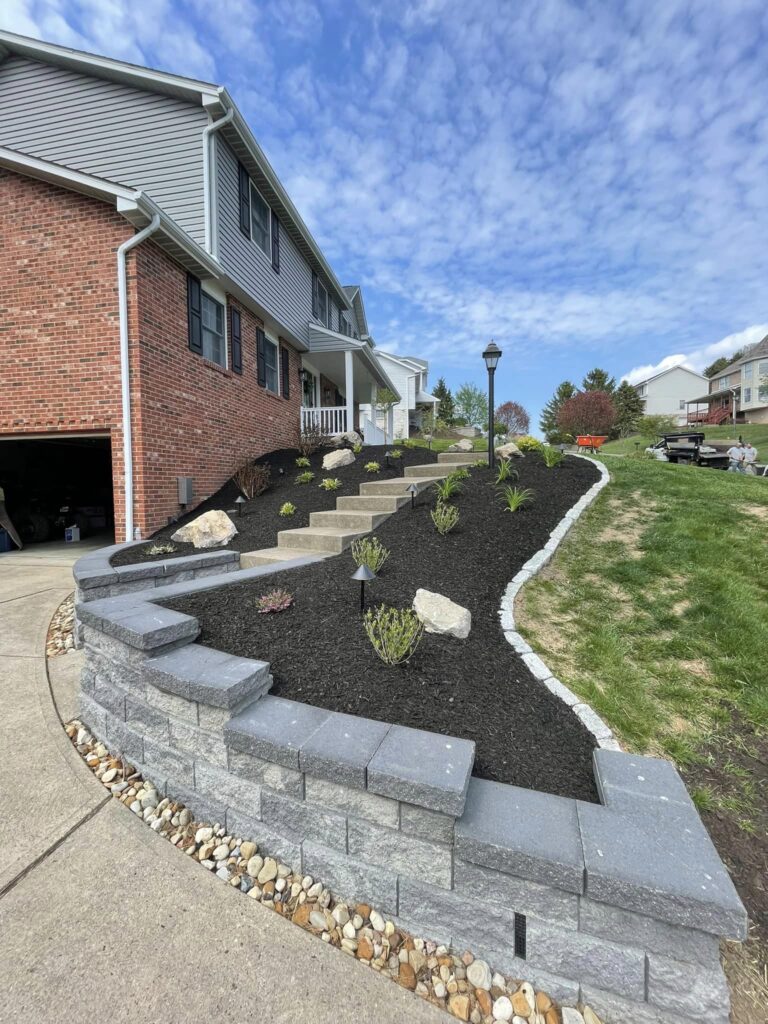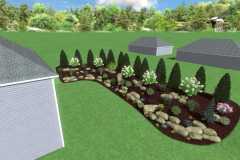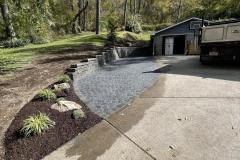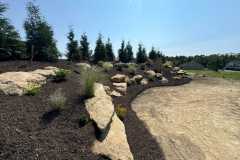Introduction
Installing an irrigation system is a crucial step in maintaining a healthy and vibrant landscape. Not only does it ensure that your plants receive the right amount of water, but it also helps conserve water and reduce manual watering efforts. In this comprehensive guide, we’ll delve deeper into the process of installing an irrigation system and highlight the expertise of American Groundskeeping in Pittsburgh in assisting you with this project.

Planning Your Irrigation System
Before diving into the installation process, it’s essential to plan your irrigation system thoroughly. Start by assessing your landscape’s layout and identifying areas that require watering. Consider factors such as plant types, sun exposure, soil conditions, and water requirements. This information will help you determine the type of irrigation system and components needed for efficient watering.
Choosing the Right Components
Selecting the right components is crucial for the success of your irrigation system. Here are some key components to consider:
1. Sprinklers or Drip Emitters
- Sprinklers are ideal for watering larger areas such as lawns, while drip emitters are more suited for precise watering of individual plants or garden beds.
2. Valves and Controllers
- Install valves to control the flow of water to different zones in your landscape.
- Choose a controller that allows you to set watering schedules based on plant needs and weather conditions.
3. Pipes and Connectors
- Use high-quality pipes and connectors to ensure a leak-free irrigation system.
- Consider the layout of pipes to minimize water waste and ensure even distribution.
Installation Process
Now let’s walk through the steps of installing your irrigation system:
1. Designing Zones
- Divide your landscape into zones based on plant types, water requirements, and sun exposure.
- Map out the location of sprinklers or drip emitters for each zone.
2. Digging Trenches
- Dig trenches for the mainline pipes and lateral lines, ensuring proper depth and spacing.
- Install control valves at the beginning of each zone and connect them to the main water supply.
3. Installing Pipes and Emitters
- Lay out the pipes along the trenches, connecting them to the control valves and sprinklers/drip emitters.
- Install sprinklers or drip emitters according to your zone plan, adjusting spacing and flow rates as needed.
4. Connecting to Controller
- Connect the irrigation system to the controller, programming watering schedules for each zone.
- Consider adding rain sensors or moisture sensors for automatic adjustments based on weather conditions.
Maintenance and Professional Assistance
Once your irrigation system is installed, regular maintenance is essential for optimal performance. Here are some maintenance tasks to keep in mind:
- Check for leaks or clogs in pipes and emitters regularly.
- Adjust sprinkler heads or drip emitters for proper coverage and water distribution.
- Monitor water usage and adjust watering schedules seasonally.
For professional assistance with irrigation system installation, maintenance, and landscape design, turn to American Groundskeeping in Pittsburgh. They specialize in creating custom irrigation solutions tailored to your landscape’s needs. Whether you need help with installing a new landscape, including an irrigation system, or maintaining your existing landscape, their team of experts is ready to assist you.
Conclusion
Installing an irrigation system is a valuable investment that enhances the health and beauty of your landscape while conserving water. By following the steps outlined in this guide and seeking professional assistance when needed, you can enjoy a lush and thriving landscape year-round. Don’t hesitate to reach out to American Groundskeeping for expert guidance and support with all your landscape and irrigation needs in Pittsburgh.























